The Battleship Holiday: The Naval Treaties and Capital Ship Design
The Dreadnought-type battleship may be the most often written about warship of the Twentieth or any other century. As a viable, first-line weapons system, it reigned as Queen of the Seas for scarcely four decades and although it lingered on in some of the navies of the world for several years following the conclusion of World War II, it did so essentially as a sidebar or footnote to postwar naval developments. No new ones were laid down by any nation after the war. Its place as the barometer of naval power had been usurped by the big-deck aircraft carrier and its modern air wing.
As a weapons system, with rare exceptions the carrier and air wing could do all the battleship had ever hoped to do, in a much faster, more flexibly lethal and cost-effective manner. But the romance associated with the battleship, with its immense size and bristling with guns ranging from 50 caliber machine guns to massive naval rifles designed to accurately fire projectiles in excess of 18 inches in diameter and weighing as much as a full-size car over distances of twenty miles or more, has retained its allure to naval historians, warship modelers, and “armchair admirals” alike, long after its day in the sun had set.
It has been said that an illiterate landlubber with only the most basic knowledge of firearms and watercraft would only have to see a battleship to understand its raison d’etre—a stellar military example of form following function. In the first fifteen years of its existence as a modern warship type, it evolved from being a somewhat larger, somewhat faster, but much more heavily armed successor to the more or less internationally recognized design for what was until then considered to be a “standard” battleship of unpretentious dimensions to one much larger, much more heavily armed and armored, much more costly but still only marginally faster floating fortress that represented a substantial percentage of a nation’s engineering design talent, heavy industrial capability in the forms of steel, weapons, and armor, and major investments by the nation’s shipbuilding industry in infrastructure and labor. In other words, each individual capital ship represented a measurable portion of the nation’s wealth.
As such, despite its status as the nation’s ultimate defensive asset against a sea-borne adversary, it was to be safeguarded and exposed to no more risk than absolutely necessary, as its loss to enemy action would constitute a massive blow to the nation’s prestige and honor, not to mention the adverse effects on the nation’s morale stemming from the loss of its necessarily large crew. Yet it was the yardstick by which naval power was measured, and by all indicators it appeared that it would continue to evolve in size and cost, limited only by a nation’s infrastructure’s ability to build ever larger versions, as it was clearly obvious to all observers that no nation truly concerned with its ability to protect itself on the high seas could let an enemy, perceived or real, to have even larger, more capable ships.
It was the naval arms race between Great Britain and Imperial Germany that contributed significantly to the escalating tensions that eventually led to the outbreak of World War I. The costs of that four-year struggle literally exhausted the manpower of the major belligerents and nearly bankrupted them as well, but two major naval powers, Japan and the United States of America, emerged from that war virtually unscathed. In fact, both embarked at the same time (1916) on major fleet expansion programs that would put them both in the position of seriously challenging, at least locally, Britain’s greatly diminished ability to rule the seas of the world, which is must do in order to protect its still vast postwar empire, on which the sun never set.
The Washington Naval Arms Limitation Treaty (1922), popularly known simply as the Washington Treaty, marked a major milestone in the development of the modern battleship. Perhaps it would be more accurate to use the term “turning point,” as everything prior to that constituted prologue, while everything following it was directly or indirectly influenced to greater or lesser degree by it. It is frequently cited as a successful attempt by most of the major powers of the times to control the previously uncontrolled growth of naval arms in general and of the tremendous costs involved in the building and equipping of battleships in particular, for a period of nearly a decade and a half. The treaty and its aftermath have been the subject of major recent works, notably John Jordan’s 2011 Warships After Washington, and now Robert Stern’s fresh off the press The Battleship Holiday.
Stern is an American naval historian with an impressive body of work to his credit. His area of concentration is the decades of the Twentieth Century leading up to and including World War II. I first became aware of him through his 1993 monograph The Lexington Class Carriers.
First, a physical description. Dimensions: 8¾ X 10½; generously sized without being too large. 272 pages, 230 of primary text, 27 pages of notes following text, 6 pages of sources, 8-page index, 1-page appendix. Not too large or heavy to hold while reading. Hardbound, using green hardboards with gold embossing; unusual and elegant. Large format allows for easy to read two-column page layout, which is actually necessary due to the somewhat small font. A lot of text is crammed into the space available for it. Heavily illustrated with period photographs, some of which are old standbys (used here only because better ones of the subject have yet to come to light), and a great many that have never been seen previously. Although glossy art paper is not used, overall photographic reproduction is excellent, but many are agonizingly small, making details mentioned in the captions difficult to discern, even under magnification. Line drawings frequently supplement the text and photos, and although they too are often small, they are printed with sufficient clarity that they readily readable with necessary magnification. A particularly nice touch is the inclusion in the opening pages of a two page glossary of abbreviations and acronyms. This will make the text much more readily understandable to the novice battleship scholar as well as broaden the book’s appeal to the lay reader of naval history. My only complaint about the layout is the placing of source notes in a separate section at the back of the book following the text, but this is conventional. The notes often contain amplifying information that are well worth taking the time to read, but in order to do so one must continually use two bookmarks in order to keep one’s place in both parts of the book as one progresses through the main text. In the last few years I’ve seen equally seriously done scholarly works place the pertinent notes at the end of each chapter, which I consider to be a vast improvement, as it eliminates flipping back and forth from one part of the book to the end, and back again. Flipping only a few pages is enormously preferable.
The text is logically divided into two parts of approximately equal size. Part I: The Path to the Battleship Holiday covers the period 1906 to 1923 while Part II: A Short Holiday and its Aftermath covers the remainder of the battleship era, which Stern extends into the Twenty-first Century. The author states his intended goal is to describe the effects of the Washington Treaty and its successor agreements on capital ship design in regard to three parameters: diplomacy, technology, and operational performance. Stern asserts this a unique approach, as previous authors have discussed at most only two in previously published works on the subject. This approach applies mainly to Part II, as discussed below.
The 18-page Introduction and most of Part I are dedicated to background necessary to put the Washington Conference and its successors in proper perspective. The last twelve pages of Chapter 2, “The Pudding In Which One Finds the Proof: The First Word War – 1914–1916” are an excellent, concise retelling of the highlights of the complex and still controversial Battle of Jutland; the best I’ve read in so small a space. Kudos to author Stern for that!
Chapter 3, “The Art and Practice of Main-Battery Fire Control in 1916” I found to be of particular interest. In a mere fifteen pages, Stern explains in an eminently readable manner that should be readily comprehensible to the neophyte naval scholar the operation, capabilities and limitations of the then state-of-the-art technologies involved in putting ordnance, fired from a platform constantly moving through three dimensions, on a similarly moving target located at extreme range solely through the use of optical and analog computational devices. Other authors have dealt with this same topic in a much more detailed and convoluted manner that is by no means as easy to comprehend. In my not so humble opinion, Stern is to be applauded for this noteworthy accomplishment.
In Chapter 5, “The Washington Naval Treaty” we get into Part I’s “meat and potatoes.” This chapter’s 21 pages constitute nearly 10 percent of the book. As to be expected, it is heavy on the history of the diplomacy behind the Washington Treaty. In this regard, it covers ground in detail that hasn’t been heretofore discussed in most naval histories of the era, have which have typically glossed over this essential part of the story. There is much to be learned here.
Part II’s historical overview, comprising Chapters 6,7, and 8, are necessary recitations of the post-Washington Treaty developments, in chronological order and country by country. As the focus of this part of the book is the follow-on naval arms conferences of 1927, 1930, and 1936 and the effect of those conferences on new construction as it became allowable under the existing treaty, the major reconstruction of British, American, Japanese, and Italian World War I era battleships that were allowed to be retained and begun during the timeframe covered by these chapters is not discussed, except as this impacted on each nation’s new construction programs. Modernization, though subject to limitations imposed by the Washington Treaty, is by no means the equivalent of new construction, and thus not directly relevant to the book’s focus. These chapters keep the reader abreast of concurrent diplomatic and technical naval developments and maintain perspective while preventing individual long-term developments from getting ahead of the story. It in this part of the book where Stern’s three-pronged approach, mentioned above, is most apparent.
Chapter 9, “The New Generation: 1934-1949” is Part II’s meat and potatoes, discussing the Treaty-limited design parameters and considerations of what have become generally known as the Third Generation ships. Of special interest here is the discussion of alternative designs that were seriously considered, but for whatever reason, never built (though some were started). Again, developments are discussed chronologically and country by country, much like reading several days’ worth of newspapers following an out of town trip. I enjoyed this approach. It created a sort of “you Are there” feeling; observing things as they happened without getting ahead of the story. Even though I knew all the eventual outcomes, Stern’s writing style presented a perspective that made it just that much more enjoyably readable.
Chapter 10, “Feet to the Fire: 1936–1945” is a 28-page focused discussion of the third parameter, operational performance; an overview of selected major actions involving battleship on battleship long-range gunfights, and battleship vs. torpedo and bomb. It would have been nice to see more examples included in this chapter, but space limitations no doubt prevailed, as it was already the book’s longest chapter. Curiously, the Battle of the River Plate is prominently discussed, as this was technically a cruiser vs. cruiser(s) action, but the GRAF SPEE, despite its eventual official post-mortem classification as a cruiser, was popularly known until then as a “pocket battleship.” That term in itself is of interest. Many, if not most all, authors attribute it to the contemporary English news press, and rightly so, but they stop there, with no explanation of why the term was coined and what it was intended to mean. Disappointingly, Stern follows convention in this regard. I can’t recall ever reading an explanation of the term in any serious naval history, of which I have read many. I do, however, readily recall my dear departed father explaining to me when I was but a boy of about ten and building my first plastic model kit of the GRAF SPEE (the famous Aurora 1/600 scale kit, which for its time, 1959, and size, small by today’s standards, was actually pretty accurate) that a “pocket battleship” was to a battleship as a pocket pistol was to a full sized pistol: just as deadly, but smaller, small enough to be carried unobtrusively in a jacket or trouser pocket instead of requiring a holster. That still pretty much sums it up. The final chapter, Chapter 11, “The Long Good-Bye…” is a summation of the limited utilization and ultimate fates of those few battleships retained following the conclusion of the Second Word War.
I had been anxiously awaiting the publication of The Battleship Holiday for some months and am pleased to say that even with the minor exceptions noted, I have not been disappointed. This is a serious historical work that in one volume adds considerably to the body of knowledge of the era. It has been worth the wait and is worth the price.
Related and recommended reading, in order of relevance:
- Warships after Washington, Jordan, 2011
- Dreadnought: A History of the Modern Battleship, Hough, 1964
- Sacred Vessels: The Cult of the Battleship and the Rise of the U.S. Navy, O’Connell, 1993
- The Battleship Builders: Constructing and Arming Britain’s Capital Ships, Johnston and Buxton, 2013
- “Washington’s Cherry Trees,” a four-part article by N.J.M Campbell in Warship Volume 1, 1977
- Battleships: United States Battleships 1935–1992, Garzke and Dulin, 1995
- Allied Battleships In World War II, Garzke and Dulin, 1980
- Axis and Neutral Battleships In Word War II, Garzke and Dulin, 1985
- British Battleships 1919–1945, Burt, 2012
- The Littorio Class: Italy’s Last and Largest Battleships 1937–1948, Bagnasco and de Toro, 2016
Norman Friedman’s Naval Firepower: Battleship Guns and Gunnery in the Dreadnought Era, 2008; U.S. Battleships: An Illustrated Design History, 1985; and British Battleships 1906–1946, 2015 all pertain directly, but the uninitiated reader is advised that Friedman is not an easy read and is likely to cause information overload.
For those just embarking on a study of the Dreadnought type battleship, I recommend starting with Dreadnought; still, despite its numerous flaws and age, an excellent introductory tome. Next, I recommend Sacred Vessels, a most excellent companion to Dreadnought in all respects, then Warships After Washington and Washington’s Cherry Trees, then the others in the order of one’s interest. Garzke and Dulin’s series concentrate on the post-1930 London Conference era and contain detailed information not readily found elsewhere. Regrettably, their coverage of Second Generation ships, specifically the Nelson and Rodney, and the German Panzerschiffe, is minimal, but the Third Generation ships of all nations, even those not party to the various treaties (and there are a few of those), are covered in detail.
There are many additional recently published books that are devoted to the capital ships of the post-Washington Treaty era, but focused as they are on the actual “hardware,” their discussions of their design’s origin touch only briefly and tangentially on the treaties themselves.
Copyright 2018, Mark Dwyer (speedreaders.info).


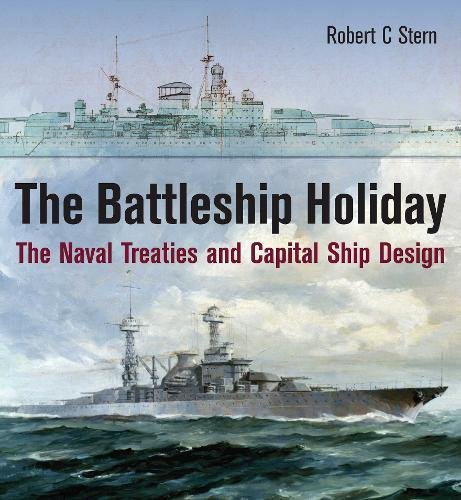
 RSS Feed - Comments
RSS Feed - Comments






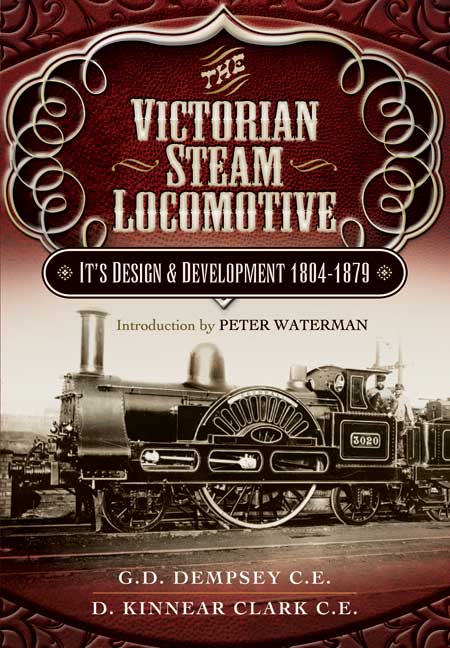















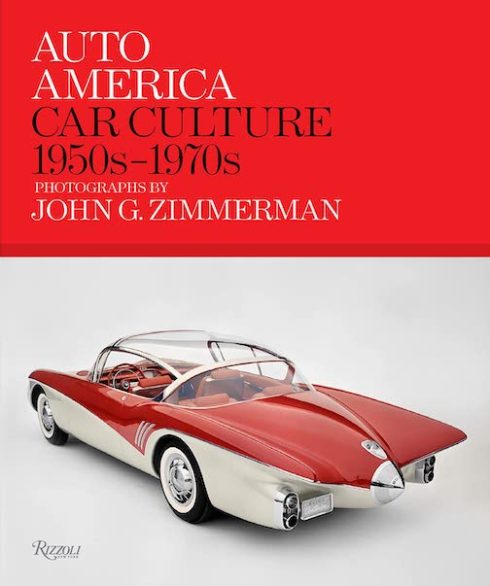


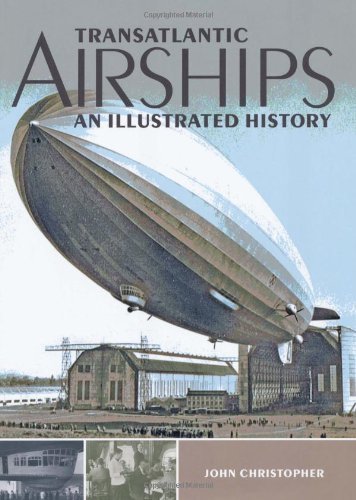


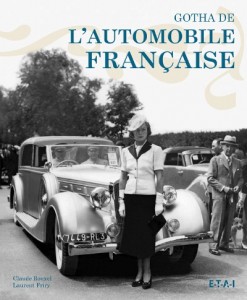




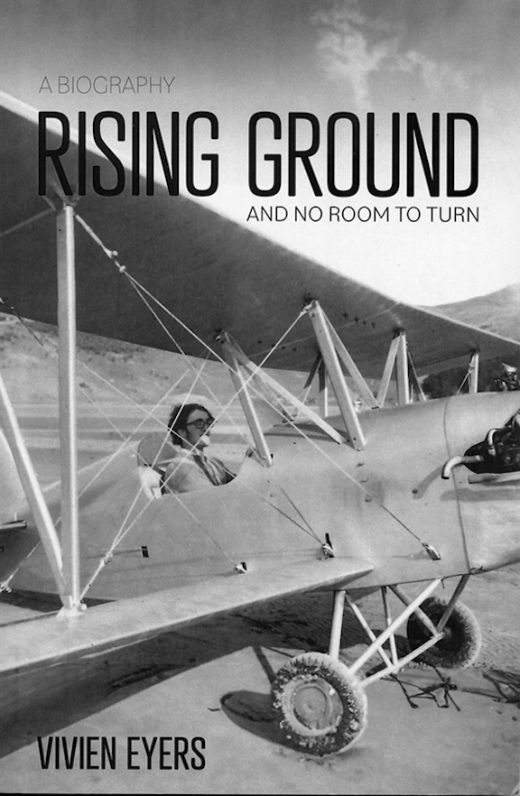









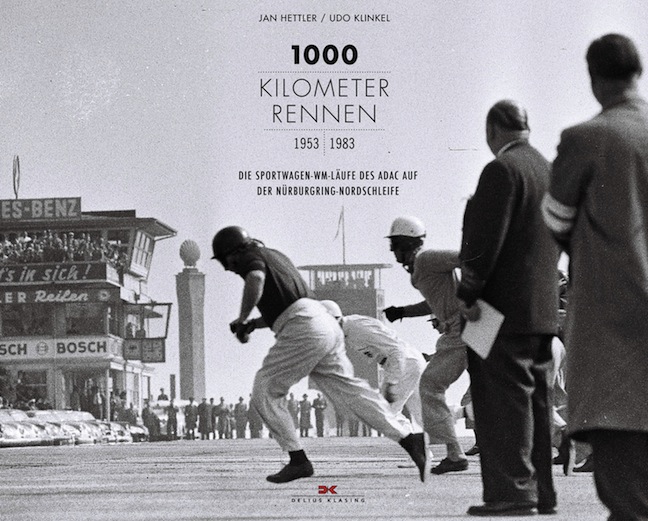

























 Phone / Mail / Email
Phone / Mail / Email RSS Feed
RSS Feed Facebook
Facebook Twitter
Twitter